Painting of the Last Supper that has hung in a parish church in Herefordshire for 110 years 'may be a lost piece from Titian’s workshop', expert claims after discovering 16th-century painter's name and face hidden in the artwork
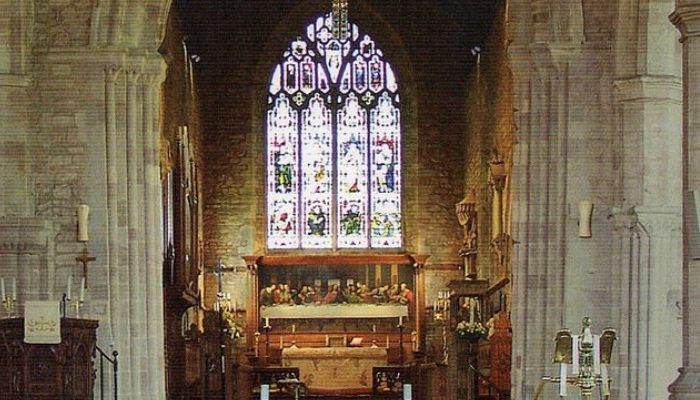 A discoloured painting of the biblical Last Supper that has hung in a parish church in Herefordshire for 110 years may be a lost piece from the workshop of Venetian master Titian. Art historian and conservator Ronald Moore found evidence to link the artwork in St Michael and All Angels church in Ledbury with the 16th Century painter's workshop. One of the apostles bears the face of Titian as a young man, while close examination of the art revealed Titian's hidden signature and characteristic underdrawing style. Mr Moore found a letter dated to 1775 from the painting's previous owner — the art collector John Skippe — revealing that it was commissioned by a Venetian convent. Mr Skippe, himself an Oxford-educated artist, wrote of having purchased the 'most capital well-preserved picture by Titian' from a Venetian convent. The work was ultimately gifted to the church by a descendant of Mr Skippe in 1909, but by this time it's exact provenance and direct link to Titian had been forgotten. Titian — or Tiziano Vecelli, as he was properly known — is typically considered one of the founders of the Venetian School of Italian Renaissance painting. Mr Moore first examined the 12.5 foot (3.8 metres) -long painting in St Michael and All Angels while visiting the church to restore another Last Supper, this one a 19th century copy of Leonardo da Vinci's iconic representation. He was surprised to find that the less conspicuous painting — which was hung high on side wall, unlike its counterpart above the church's altar — was far more special. 'It's so big and nobody's taken any notice of it for 110 years,' Mr Moore, who spent three years investigating the painting and its history, told the Telegraph. 'An awful lot of pictures in churches look like Old Masters, but they're in fact much later. That's no doubt what everyone imagined about the Titian workshop picture.' 'I could see it was a bit special, but I didn't know how special. It's about ten feet off the ground, so you can't see it unless you stand on a ladder.' 'Anything coming from Titian's workshop is very important indeed,' he added. After painstakingly lifting centuries of discoloured varnish from the work, Mr Moore was astonished to find that the painting harboured a hidden signature by Titian, a portrait of the artist and a characteristically bold underdrawing. Titian's portrait appears as the face of the left-most apostle, dressed in gold — albeit one depicting the painter as a young man. Comparison with the artist's 1567 self-portrait confirmed the similarities, which were assessed using both overlain images and computer facial recognition software. 'Profiles, ears, eyes, noses all matched,' Mr Moore told the Times, adding that the portrait was likely added not by Titian himself but by his son, Orazio Vecellio, early in 1576. After the master died, the date of his death was added above the portrait. The signature was revealed through a microscopic examination of the work under ultraviolet light. Although damaged, much of the letters TITIANVS remain visible. The inscription appears on a black jug on the floor at the foot of the table — exactly where the same appears on another version of the Last Supper by Titian. 'That was the absolutely crucial discovery,' Mr Moore told the Times. 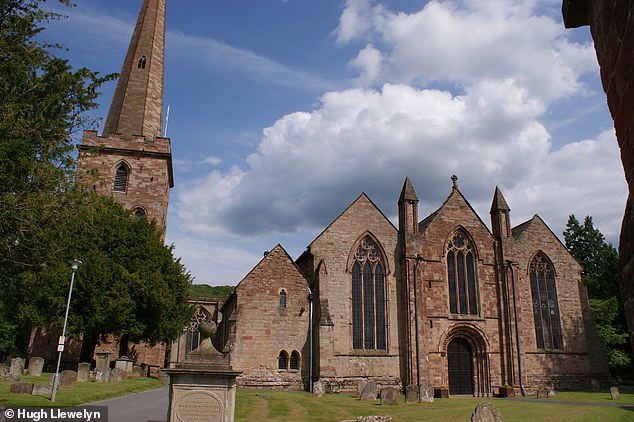 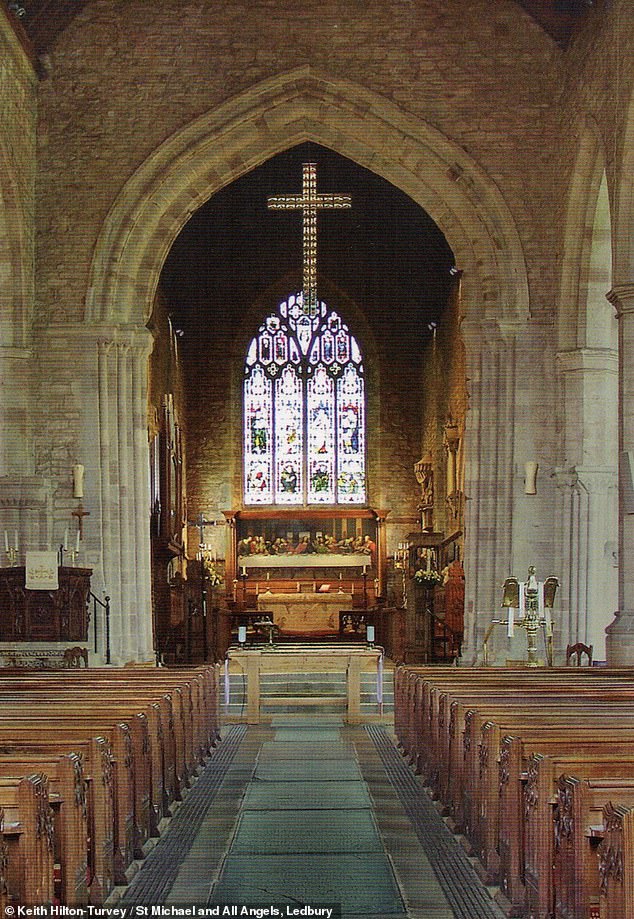 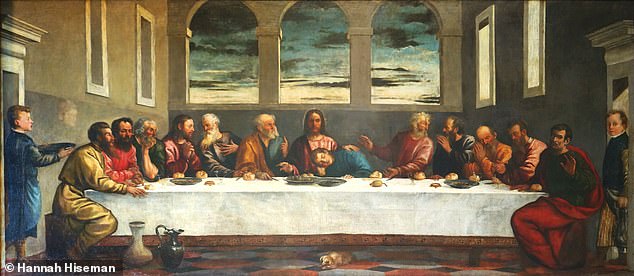 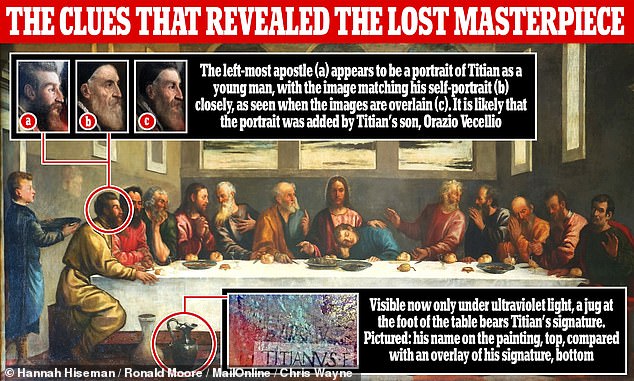 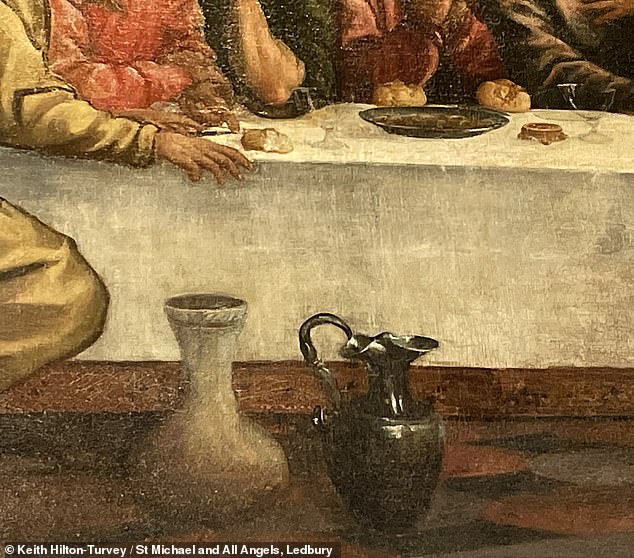 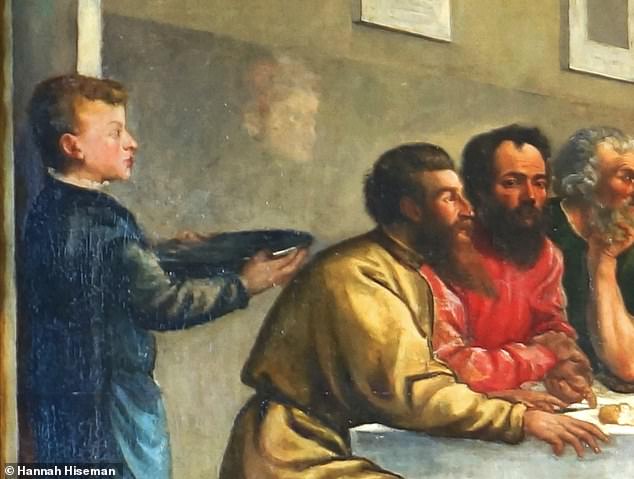 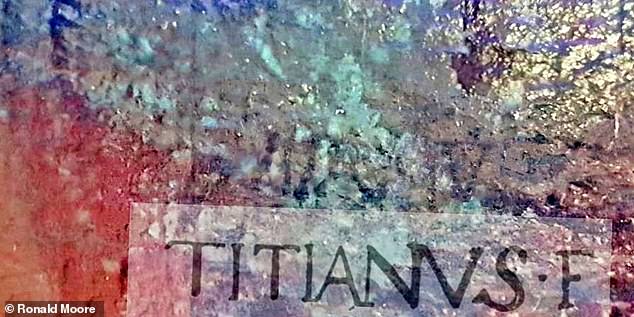 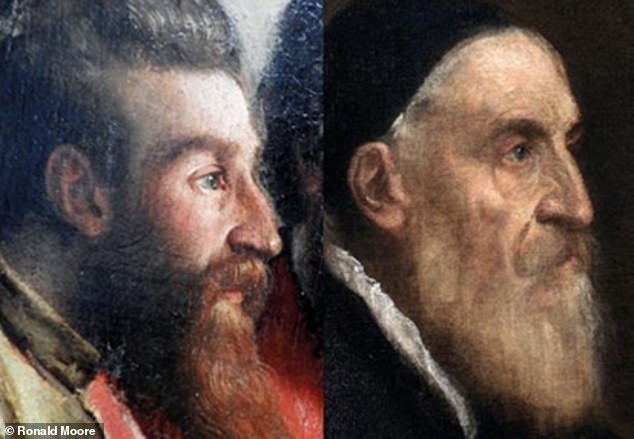 |

French actress Brigitte Bardot dies aged 91
78028.12.2025, 13:57
French electronic music added to UNESCO Intangible Cultural Heritage list
97026.12.2025, 00:18
‘Stranger Things’ All-Time Stats: 1.2 Billion Total Views, Most Rewatched Scenes and $1.4 Billion Contributed to the U.S. Economy
94924.12.2025, 20:48
First footage of Christopher Nolan’s The Odyssey released online (video)
79723.12.2025, 21:43
Archaeologists uncover rare Roman-style 'Good Shepherd' fresco near Iznik (photo, video)
68521.12.2025, 20:26
Staff strike forces Louvre to close doors to visitors
107815.12.2025, 23:56
